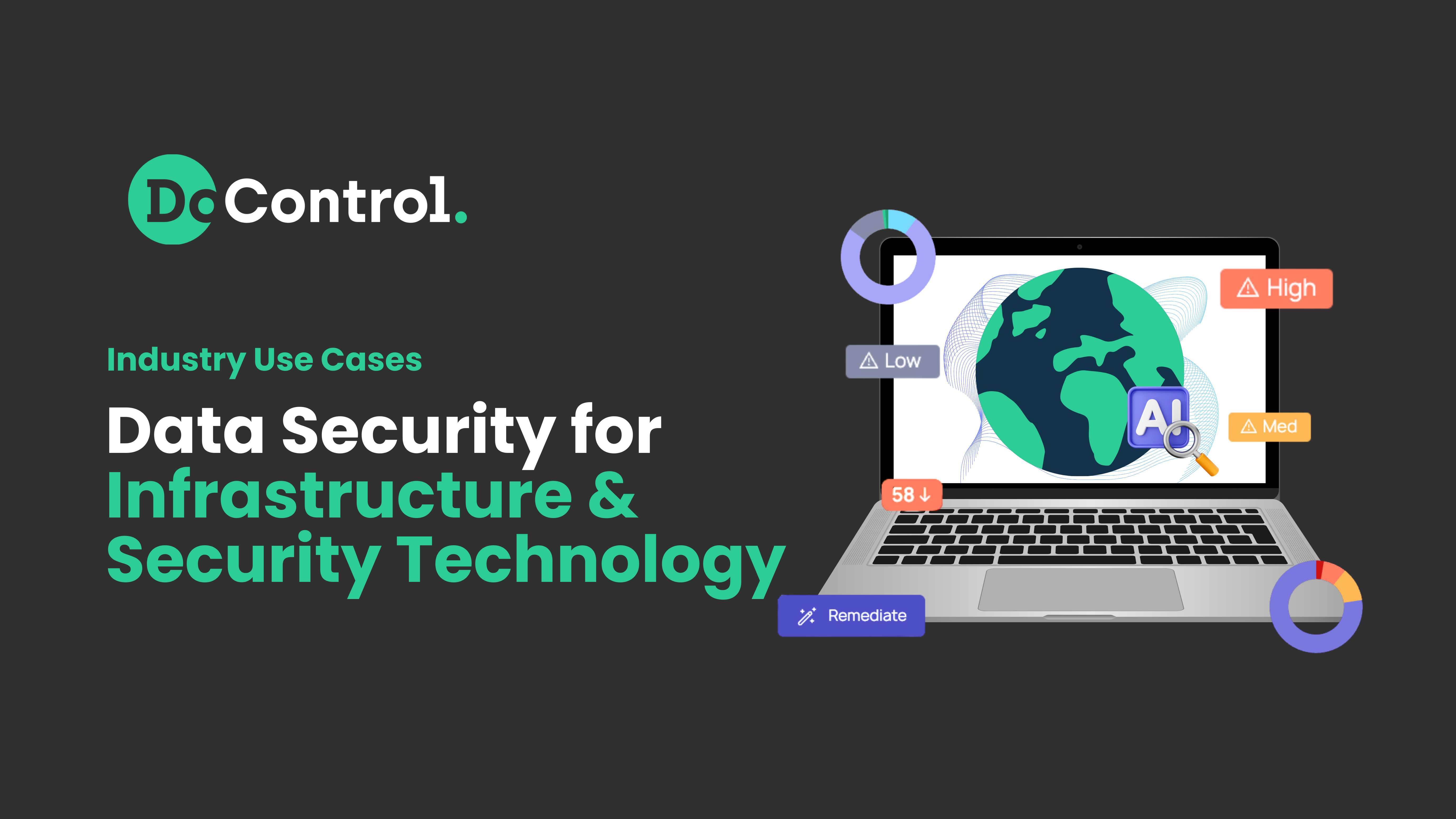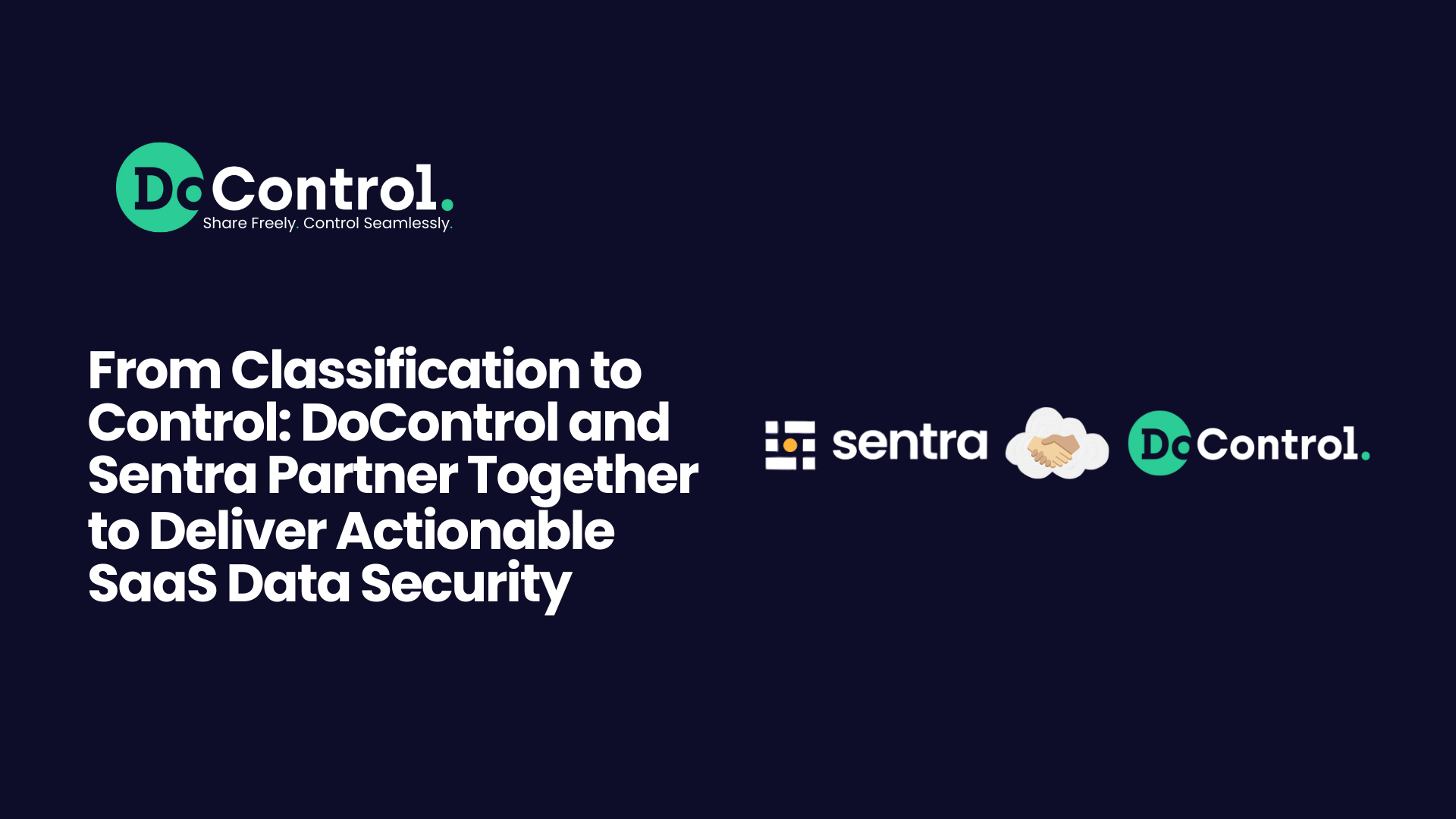
Zoom is a popular video conferencing platform that enables remote work and collaboration. However, Zoom security is a significant concern for its users, as the platform collects and shares personal data with third-party services and allows unauthorized access to meetings and recordings.
With the global shift towards remote work, Zoom has become a crucial platform for virtual meetings, presentations, and collaboration. The sensitive nature of discussions and information shared during Zoom sessions underscores the critical need for robust security measures. Breaches or leaks can have severe consequences for businesses, ranging from compromised intellectual property to regulatory non-compliance.
In 2020, Zoom exposed over 500,000 user accounts and passwords to hackers, who sold them on the dark web or used them to disrupt meetings in a practice called "Zoombombing." This resulted in financial, operational, compliance, and reputational damages for Zoom and its customers, who lost sensitive information, faced legal penalties, and suffered negative publicity.
Therefore, it’s crucial to secure Zoom data and recordings using strong passwords, encryption, authentication, and other security features to protect online communications' confidentiality, integrity, and availability.
Zoom Security Challenges
So, how secure is Zoom?
Zoom is a widely used video conferencing platform that facilitates remote work and collaboration. However, the platform also faces several Zoom security issues that could compromise the privacy and safety of its users. Some of the main challenges are:
Unauthorized Access
Zoom meetings can be disrupted by uninvited guests who join the meeting using leaked or guessed links and passwords. This practice, known as “Zoombombing,” can cause harassment, distraction, and data theft.
Data Leakage
Zoom collects and shares user data with third-party services, such as Facebook, without obtaining explicit consent from the users. This could expose personal information, such as names, email addresses, device details, and location data, to potential misuse and abuse.
Password Vulnerabilities
Zoom passwords are not secure enough to prevent brute-force attacks or credential stuffing. Hackers can obtain Zoom passwords from the dark web or other sources to access Zoom accounts and meetings.
Lack of Visibility and Control
Zoom users may not know the security settings and features or how to use them effectively. Zoom hosts may not have enough control over the participants and their actions, such as screen sharing, file transfer, or private chat.
Examining Zoom's Native Security Measures
Zoom, acknowledging the paramount importance of security, provides several built-in features to address potential threats. These include the Waiting Room feature, strong password recommendations, end-to-end encryption, and customizable security settings.
Zoom users should follow some best practices for securing their Zoom meetings, such as:
- Enabling the Waiting Room feature allows the host to admit participants individually or in groups and remove unwanted or disruptive participants.
- Using strong and unique passwords for each meeting, and not sharing them on public channels. Zoom also offers the option to generate random meeting IDs and to require authentication for joining a meeting.
- Encrypting the Zoom meetings with end-to-end encryption prevents Zoom or any third party from accessing the meeting content. Zoom bought security firm Keybase in 2020 to improve its encryption capabilities.
- Reviewing and adjusting the security settings and features, such as disabling join before host, file transfer, and private chat, and enabling host-only screen sharing, lock meeting, and mute all.
While these features form the security foundation of Zoom, it's essential to recognize that they may not comprehensively address the evolving landscape of security challenges.
Hence, grasping the intricacies of these built-in security measures becomes a gateway to delving into advanced strategies and practices aimed at fortifying Zoom security. Let's now explore how organizations can strengthen their defenses and adeptly navigate the ever-evolving landscape of Zoom security challenges.
How To Enhance Zoom Security
To enhance Zoom security, organizations should focus on the following aspects:
End-to-end Visibility
Gain a comprehensive and holistic view of Zoom usage, performance, and security across the organization. Use dashboards, reports, and alerts to monitor and analyze Zoom data and metrics.
- User details: Verify and manage the identity and access of Zoom users. Use single sign-on (SSO), multi-factor authentication (MFA), and role-based access control (RBAC) to ensure that only authorized and authenticated users can access Zoom.
- Activity monitoring: Track and audit Zoom users' and hosts' activities and behaviors. Use logs, analytics, and notifications to detect and prevent any suspicious, malicious, or inappropriate actions or events on Zoom.
Password Protection
Protect Zoom meetings and recordings with robust and unique passwords. Use password generators, managers, and validators to create and store secure passwords. Avoid sharing passwords publicly or with untrusted parties.
Users should employ password generators, managers, and validators to securely create and store strong and unique passwords. By adhering to password policies and standards, including expiration, complexity, and history rules, organizations can enforce the regular change of passwords, minimizing the risk of compromise and ensuring a higher level of security for Zoom interactions.
- Enforcing strong passwords: Enforce password policies and standards for Zoom users and hosts. Use password expiration, complexity, and history rules to ensure that passwords are changed regularly and are not reused or compromised.
- Identifying vulnerabilities: Identify and assess Zoom's security risks and gaps. Use vulnerability scanners, penetration testers, and security audits to discover and evaluate any potential weaknesses or threats to Zoom.
Granular Data Access Control
Control and limit the access and sharing of Zoom data, such as recordings, transcripts, chat messages, and files. Use encryption, permissions, and classifications to safeguard sensitive or confidential data. Delete or archive data that is no longer needed or relevant.
- Security workflows: Automate and streamline Zoom's security processes and procedures. Use workflows, triggers, and actions to execute and coordinate security tasks and operations, such as creating, joining, or ending meetings, managing users and hosts, and responding to security incidents or issues.
- Policy enforcement: Implement and enforce security policies and rules for Zoom. Use policy engines, validators, and enforcers to ensure that Zoom complies with your organization's and industry's security standards and regulations.
Best Practices for Zoom Security
There are various Zoom security concerns and risks, such as unauthorized access, data breaches, and privacy violations. Therefore, it’s essential to follow some best practices for Zoom security, such as:
- Secure meeting practices: Use passwords, waiting rooms, and host controls to prevent unwanted participants from joining or disrupting Zoom meetings. Avoid sharing meeting links or IDs publicly or on social media—end meetings when they are over and delete recordings if unnecessary.
- User education and training: Educate and train Zoom users on how to use the platform safely and securely. Guide how to set up and join meetings, use security features, and report and respond to incidents or issues.
- Regular security audits and updates: Conduct regular security audits and reviews of Zoom settings, policies, and usage. Ensure Zoom software and applications are updated to the latest versions and patches. Monitor and address any Zoom security issues or threats that may arise.
- Integration with third-party security solutions: Leverage existing security solutions and tools that can enhance Zoom security, such as antivirus, firewall, VPN, encryption, and authentication. Ensure that Zoom is compatible and compliant with your organization's and industry's security standards and regulations.
- Data access controls: Restrict who can access, view, and share Zoom data, such as meeting recordings, transcripts, chat messages, and files. Use encryption, passwords, and permissions to protect sensitive or confidential data. Delete or archive data that is no longer needed or relevant.
- Data loss prevention: Prevent data loss or leakage from Zoom by scanning and filtering Zoom data for any personally identifiable information (PII) or other sensitive information. Use data loss prevention (DLP) tools or policies to block, alert, or quarantine any data that violates the rules or thresholds. Review and audit any data loss incidents or events and take corrective actions.
How DoControl Can Help With Zoom Security
DoControl is a SaaS security platform that helps organizations protect their data and assets in Zoom and other cloud applications.
DoControl ensures SaaS data security with its comprehensive solution, offering visibility, threat detection, and remediation tailored for significant ecosystems, including Google Drive and Microsoft SharePoint. Employing automated workflows and end-user engagement, DoControl swiftly addresses risks, ensuring robust security with minimal effort. Unlike traditional approaches, it integrates business context, delivering real-time threat detection and accurate risk prioritization.
1. Comprehensive Oversight
DoControl provides a unified data inventory of Zoom assets and users, giving organizations a comprehensive and granular view of their Zoom data and usage. This includes detailed dashboards, reports, and alerts that provide a holistic view of Zoom data and metrics, empowering administrators to monitor and analyze Zoom usage seamlessly.
Its Context-Based Alerts and Activity Monitoring features enhance the ability to track and audit Zoom users' and hosts' activities and behaviors. Through logs, analytics, and notifications, organizations can detect and prevent suspicious, malicious, or inappropriate actions or events on Zoom.
This addresses the challenge of lacking visibility into potential risks and ensures that security teams receive real-time alerts on risky activities related to Zoom data, reducing false positives and alert fatigue.
2. Secure Access
Leveraging cutting-edge security measures, DoControl ensures that only authorized personnel can access critical information, safeguarding against potential data breaches and unauthorized exposure. The platform enables organizations to enforce granular access controls, defining and managing permissions based on roles and responsibilities.
With a keen focus on risk mitigation, DoControl provides real-time visibility into user activities, allowing security teams to promptly identify and remediate suspicious or unauthorized access attempts.
3. Granular Data Access Control Policies
With DoControl, administrators can establish and enforce policies that dictate who can access, modify, or share specific data types, reducing the risk of overexposure and data breaches. The platform provides a fine-grained level of visibility into user interactions with sensitive information, allowing security teams to monitor and audit data access in real time.
DoControl controls and limits the access and sharing of Zoom data, such as recordings, transcripts, chat messages, and files, using encryption, permissions, and classifications to safeguard sensitive or confidential data. DoControl also uses NLP to scan and classify Zoom data for PII, PCI, and PHI and applies data loss prevention policies to block, alert, or quarantine any data that violates the rules or thresholds.
The platform also automates identifying and remediating data exposure and risk and enforces security workflows to streamline and coordinate security tasks and operations on Zoom.
A Secure and Collaborative Future
As remote collaboration becomes integral to the modern workplace, the commitment to security will play a crucial role in shaping a future where organizations can collaborate seamlessly without compromising sensitive information.
Organizations can create a robust Zoom security environment by understanding the challenges and implementing best practices. Leveraging advanced solutions can provide a comprehensive and automated approach to address key pain points, ensuring a secure and collaborative future.
Encourage a proactive approach to Zoom security, emphasizing the importance of ongoing education, regular audits, and adopting advanced security solutions to stay ahead of evolving threats.



.png)